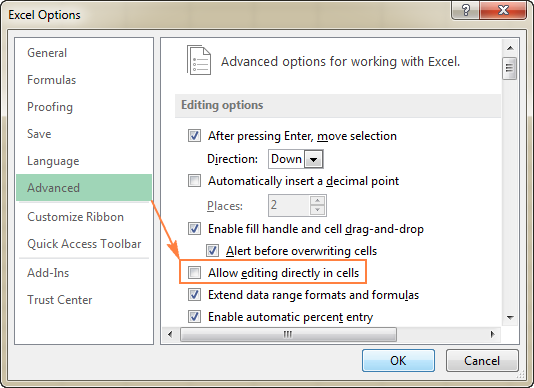
- #EQUIVALENT OF F2 IN EXCEL FOR MAC HOW TO#
- #EQUIVALENT OF F2 IN EXCEL FOR MAC FULL#
- #EQUIVALENT OF F2 IN EXCEL FOR MAC CODE#
#EQUIVALENT OF F2 IN EXCEL FOR MAC FULL#
#EQUIVALENT OF F2 IN EXCEL FOR MAC CODE#
Generally, compiles and runs the code in combination with Ctrl key.

Shift + F3 toggles between capitalizing each word, lower case and upper case for selected text on MS Word.On most browsers (at least on Firefox, Chrome and IE) F3 is an instant way of finding something by launching the Find bar.Whilst on desktop or Windows Explore press F3 to search for files and folders.Alt + Ctrl + F2 opens the Documents Library while on MS Office suite.On Windows Explorer F2 lets you quickly rename the selected file or folder.F1 with the Windows key, however, shows up Windows Help and Support.Almost every program comes with a help or support menu and pressing F1 while on the program brings up the help menu instantly.
#EQUIVALENT OF F2 IN EXCEL FOR MAC HOW TO#
We will talk about how to generally use them across browsers, Windows and mainly MS Office. Now, in many keyboards each of these keys will have additional set of functions like multimedia, sleep/wake et al. Today GT takes pleasure in listing down the common as well as the best uses of these amazing set of keys. Though F1 through F12 have some default primary and secondary (in combination to the Fn key) features, they can be used well in combination with keys like Ctrl and Alt. And if you know how to use them optimally you might just enjoy using the keyboard. I've found that few people know about this toggle, and people end up typing all cell references once they're editing a formula that already exists.Every laptop, or rather every keyboard comes with a set of Function Keys which cater to special functions.

Now you can use your cursor keys ( together with Shift and CTRL if you like) to select your range in column D. Just below your sheet tabs, the word Edit will change to the word Enter. Visually, there will be no evidence of you having pressed F2, apart from a tiny change in the bottom-left corner of your screen. Hit Backspace five times and you'll get rid of your reference to column A. Hit Left three times and it will move to the position before the comma. The cursor will start flashing at the end of the closing bracket. But instead of counting the number of instances of the value 1 in cells A1 through A4, you instead meant to check the equivalent cells in column D. Imagine you've got that formula in cell C1. This will move back into Enter mode, allowing you to use the cursors to choose the cell or range that you're looking to reference. If you need to insert a cell reference, hit F2 again. Imagine you hit F2 and you're in the middle of editing a formula. The left and right arrow keys will move within the formula or value as opposed to continuing to move you around the spreadsheet.īut here's the neat trick. If you're navigating across the spreadsheet, hit F2 when you've settled upon a cell, and the cursor will show that you're now editing its contents. It toggles between Edit mode and Enter mode. F2 is probably the most useful key in Excel.


 0 kommentar(er)
0 kommentar(er)
